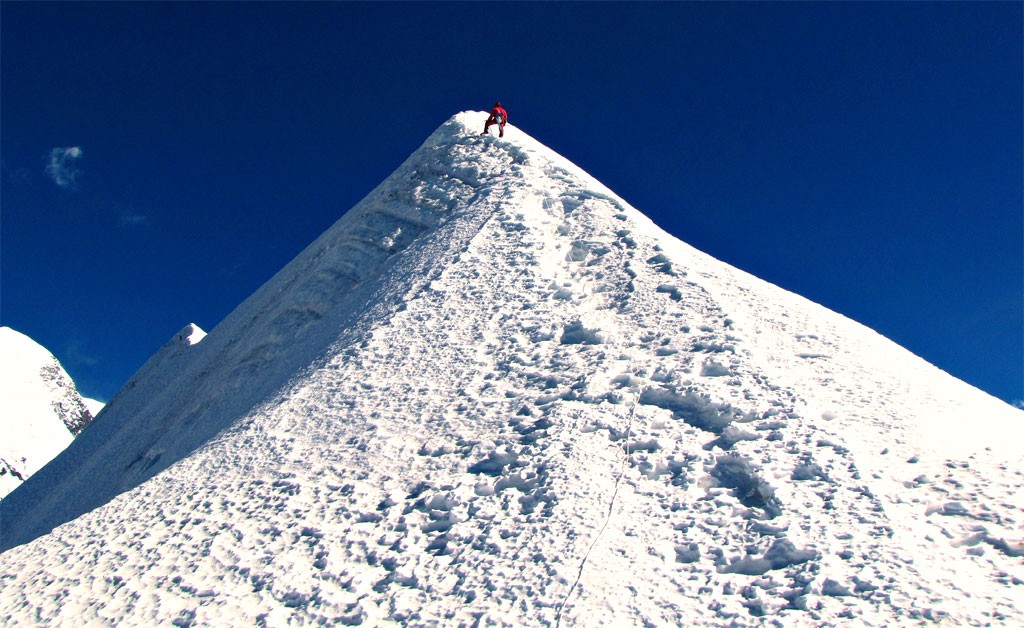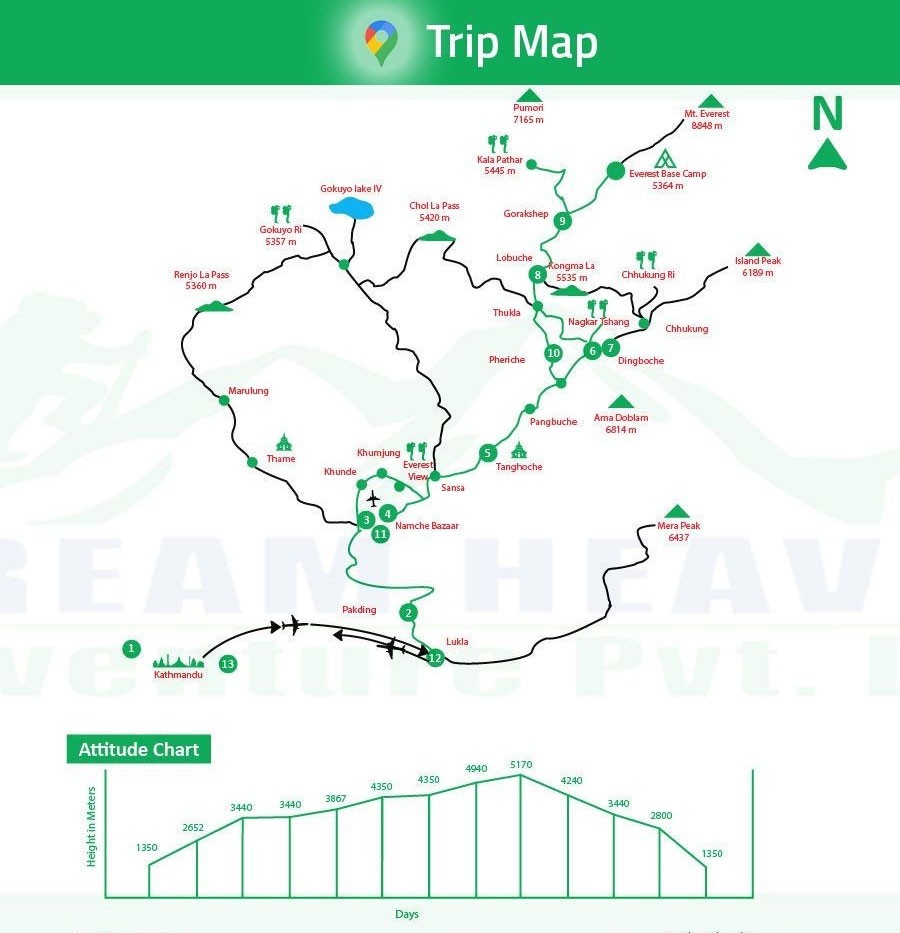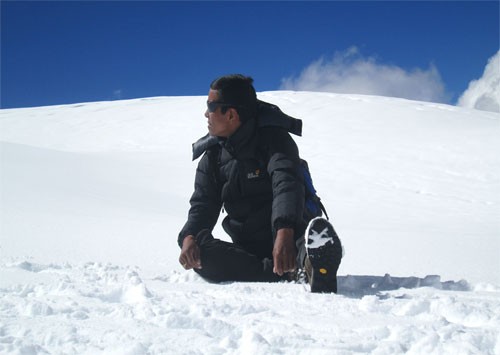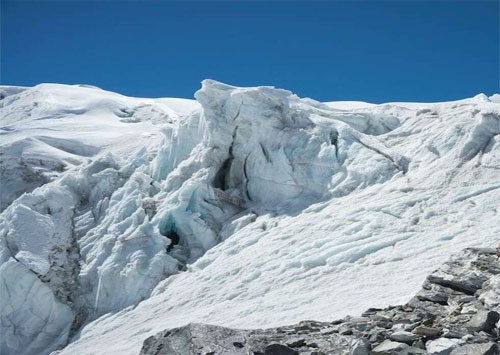Island Peak Climbing is one of the most popular climbing peaks in Nepal because of its non-technical climbing route. Island Peak or also known as Imja Tse by locals is one of the best trekking peaks in the Everest region if you want to kick start your mountaineering journey in the Himalayas. Situated at 6,160 meters, the top of the Island peak offers a sensational mountain panorama and an unforgettable venture in the Khumbu region.
We can say, Island Peak is a perfect beginner peak to climb in the Himalayas. The sense of achievement Imja Tse peak climbing offers is unmatchable. The journey will fill your soul and heart with confidence like the mighty Himalayan mountains. This beautiful mountain is first discovered in 1951 by Eric Shipton's party. The striking view of the mountain as an island in a sea of ice from Dingboche (later also resulted in its international name).
Major Highlights for Island Climbing Peak
- Enjoy trekking and climbing in the Himalayas
- Come across alpine flora and fauna
- Spend nights in beautiful mountain villages
- Witness jaw-dropping mountain views and landscapes
- Visit ancient monasteries and get to see the daily lifestyle of Sherpas
- Reach Everest Base Camp and Kala Patthar
- Enjoying camping during climbing
- Reach at the top of Island Peak at 6,160 meters
Island Peak Climbing with Everest Base Camp
Our 20 days Island Peak Climbing itinerary combines ascend to the Everest Base Camp (5,346 m) and Kala Patthar (5,643 m) for acclimatization. We will be following a little different route to the base camp Everest than usual that will let us enjoy trekking in the less-crowded trail. During the venture, you will see breathtaking views of snow-capped mountains like Mt. Everest (8,848 m), Mt Lhotse (8,516 m), Mt. Nuptse (7,861 m), Mt. Ama Dablam (6,812 m), Island Peak (6,160 m), Mt. Cho Oyu (8,188 m), Mt. Makalu (8,463 m), Mt. Pumori (7,161 m), Mt. Thamserku (6,608 m), and several others.
Climb Island Peak with us, a responsible trekking company in Nepal
Our trips in the Himalayas, including the Island Peak climbing, are designed ethically and sustainably. Climbing a mountain in the Himalayas is no joke, whether it is considered technically easy or difficult. You will need strong support from the team members to move every step ahead. We offer numerous years of expertise when it comes to trekking and climbing in the Himalayas.
Our on-field team's combined experience exceeds multiple decades. It means you will be in a safe hand during climbing Island Peak with us. Likewise, we make sure our trips are as comfortable as possible, maintaining high standards. Below are a few reasons that make us the best Island Peak climbing partner:
- Customized special climbing training session at the Island Peak Base Camp that requires climbing skills, safety measures, and proper use of gears.
- Safety is the biggest priority during the trip.
- Responsible and eco-friendly venture.
- Experienced and medical-trained climbing guides.
- Backup like satellite phone, oxygen, portable altitude chamber, etc.
- Comprehensive first aid kit.
- One porter, one trekker philosophy.
- 24*7 support.
You can now book Island Peak Climbing 2025/2026 anytime.
We offer the best Island Peak climbing cost in Nepal. Check out our top right corner for the package price and go throughout the cost include/exclude section for detailed information. If you have any questions regarding the Island Peak Climbing cost, then contact us anytime.
Check out our other famous trekking packages here and climbing packages here.









